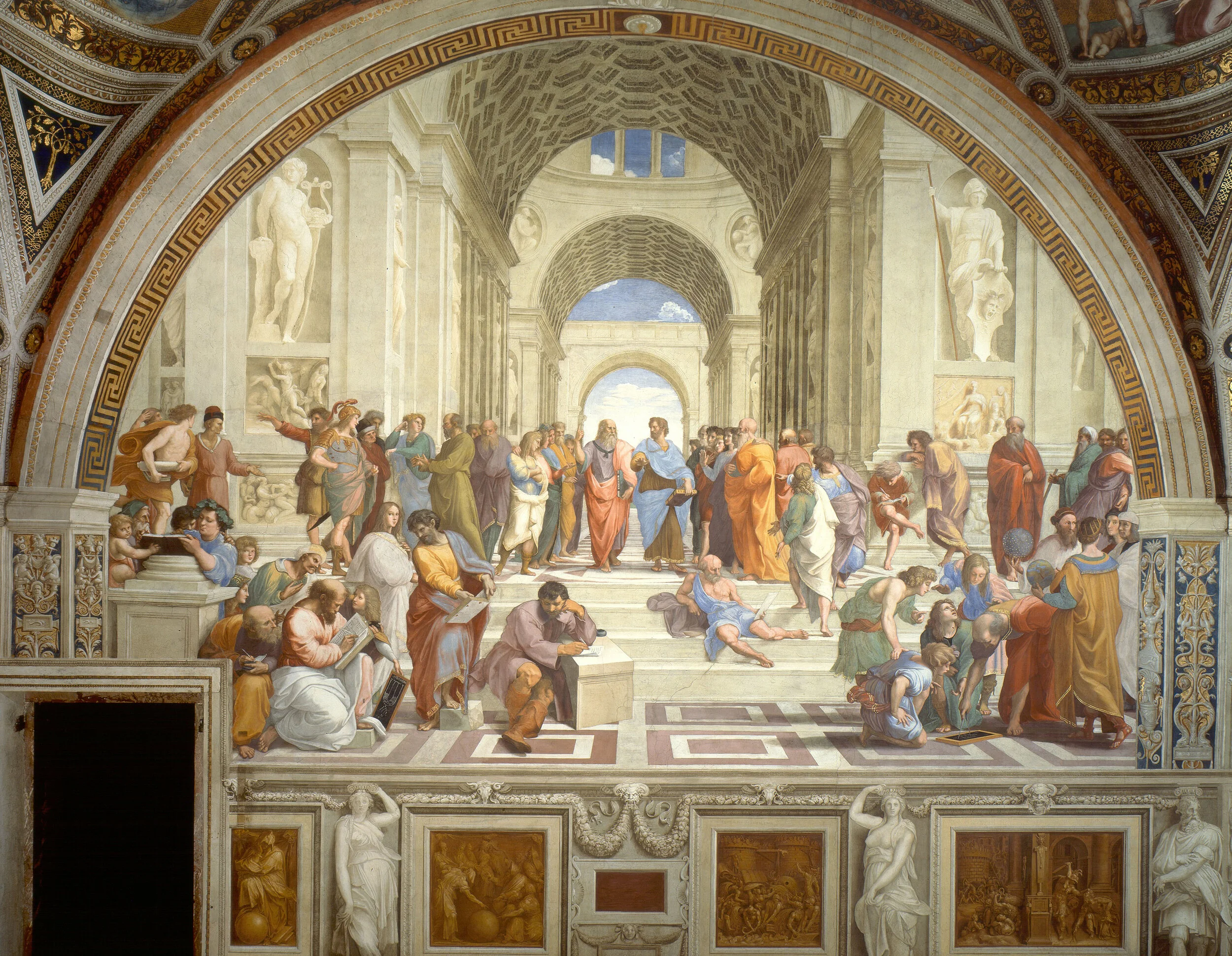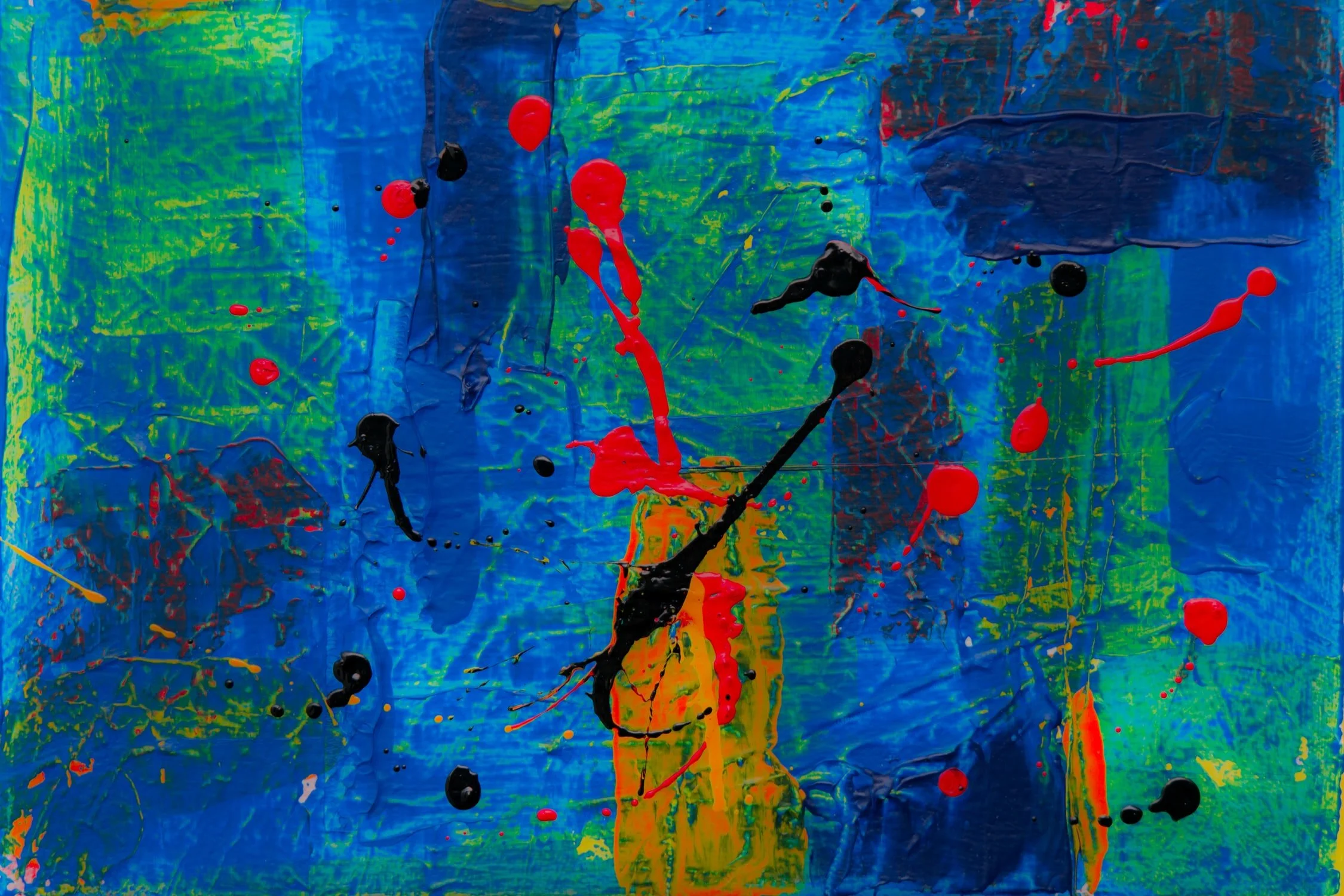A 2500 Year Old Rivalry is Changing Your Life and Culture.
People might be swiping their way into more sex than ever but make no mistake our culture is platonic and so is our art. I can’t pretend to like a lot of contemporary art that much but it is taking a cue from a 2500 year old Greek guy.
Even though we’re more driven by science and the scientific method now more than ever, we also have firmly held beliefs. Beliefs that may or may not be true, beliefs that maybe some times conflict with reality. We are looking for the ideal.
Racial justice, gender justice, sexual justice, economic justice are all facets of some greater idea of justice — what justice is, is up to debate. We do envision an endpoint though, we do have a goal in mind and that goal is a mirage. It’s something we’re working towards that we may never achieve.
What does this have to do with art?
Contemporary art is reflecting that impulse. It looks to capture an idea and in doing so it gets as close to possible to that idea. The more you concretize something, the more it becomes material and the less it has in common with its seed — the idea.
When da Vinci painted the Mona Lisa, he was trying to imitate life. Da Vinci’s goal was to replicate the delicateness of light and vision as faithfully as possible. His art led him into science and his curiosity fed his art. Even his more symbolic paintings like the Last Supper are grounded in reality. Not only is there a mathematical grounding (his use of perspective and proportionality), but there is conflict. The idea is grounded in the human experience and uncertainty. It’s not aiming at something unseen, it’s grounding the unseen in our own experience.
Today, there’s some of that but we’re more abstract. We tend to focus on the idea, the unmovable, unshakeable, the unfeeling. Nuance is fading away as a result. Our ideas are not more nuanced, they’re more niche. People explore a very particular aspect of an idea in the purest way they can. They try to make their art as close to the idea as possible. That’s why we get lines on a canvas or bananas on a wall. Whether the idea is questioning what constitutes art and what our relationship is with something, it’s trying to take us out of a cave into the light. It’s taking us into the world of forms.
Chasing an idea has its downsides though, just ask Russia.
How does this change your life?
It changes everything. We’re living out the consequences of platonic worldview today. Art and culture has driven us there and now we have conflicting visions of what the “Republic” should look like. Should it be a social justice paradise? Should be a libertarian bastion of freedom at all costs?
Our polarized world, and a polarized USA, is a symptom of the Platonic imperative leaking through culture. We all want to build the Republic, to rebuild the world in a more perfect image.
We’ve heard over and over that we’re living in a post-fact world and while that may not be exactly true, we are definitely more moved by our own philosophies than by cold realities. That’s not bad in itself but there’s a place for that. Your inner world does not need to be ruled by science, in fact it’s probably pretty depressing if it is, but your external world should be ruled, where possible, by fact.
Where is this going?
At some point, we’ll realize that we’re making the perfect the enemy of the good and we’ll swing back. That may take something drastic and by all measures, we are moving towards something drastic (economic recession, social unrest, a bipolar more conflict prone world). The last time we got too Platonic, we had the 30 Years War and ushered in the Enlightenment.
Of course the other side of this ride on the pendulum has its consequences as well. What we need is a new synthesis of those 2500 year old rivals, Aristotle and Plato.


